Blown away: 70% of Europe’s new power generation comes from renewables
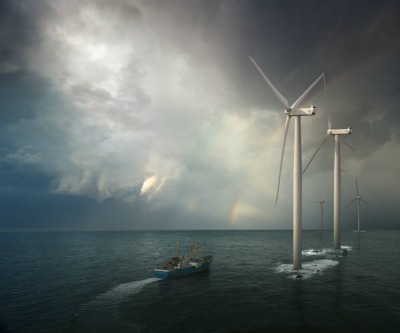
According to a new European Wind Energy Association report a record 71% of all the new power generating capacity installed in the Europe Union in 2011 came from solar panels, offshore and onshore wind turbines and other renewable energy sources.
According to the EWEA reports the amount of clean power installed in 2011 rose to 32 gigawatts from the 23 gigawatts fitted in 2010, which accounted for just over half of new power capacity put in that year. Twelve years ago that figure was just 3.5 gigawatts or 20% of total new capacity.
The bulk of new capacity in 2011 came from solar and not wind power. According to an official EU roadmap for green energy wind farms will become the biggest source of electricity in the bloc by 2050, outstripping both coal and nuclear power.
Coal use could fall to very low levels it is predicted and gas would be the “bridging” fossil fuel until around 2030 or 2035.
The implementation of so-called clean coal power generation, crucial to the coal industry, is facing headwinds in Europe.
The International Energy agency said in its World Energy Outlook released in November, widespread deployment of more efficient coal-fired power plants and carbon capture and storage (CCS) technology could boost the long-term prospects for coal, but there are still considerable hurdles.
The agency says more efficient technology for new coal power plants would require relatively small additional investments, but improving efficiency levels at existing plants would come at a much higher cost.
The IEA says If CCS is not widely deployed in the 2020s, an “extraordinary burden” would rest on other low-carbon technologies to deliver lower emissions in line with global climate objectives.
Today only two small pilot projects in Germany and the US exist and a $4.8 billion project in the UK, which would be the world’s largest appears to be going nowhere.
While clean coal is failing to make an impact, MINING.com reported in November supply shortfalls of rare-earth elements over the next two decades put at risk the EU’s ambitious plans to expand the production of solar, wind and green transport technologies.
According to the EU’s Joint Research Centre, solar will require half the current world supply of tellurium and 25% of the supply of indium, while Europe’s wind energy programme which is supposed to power all of the continents 240 million households within 20 years need a steady supply of neodymium and dysprosium.
China controls 95% of the globe’s rare earth output and last year produced more solar panels than the rest of the world combined.
Read more about rare earth and green technology here and about recent declines in rare earth prices here.
Gold
Nicola Mining to start gold mill in British Columbia in Q3
May 21, 2025 | 09:36 am
Silver price back above $33 as it rides gold’s momentum
Silver has quietly become one of the best-performing commodities this year.
May 21, 2025 | 08:01 am
Solaris lands $200M from Royal Gold for Ecuador copper-gold project
May 21, 2025 | 05:03 am
Copper
IEA sees little progress in critical minerals supply diversification, urges policy action
May 21, 2025 | 09:21 am
Friedland’s Ivanhoe Atlantic urges US to list iron ore as critical mineral
May 21, 2025 | 08:10 am
Critical Minerals
US battery maker Clarios to build $1B critical minerals plant
May 20, 2025 | 09:16 am
Perpetua Resources gets final federal permit for Stibnite Gold project in Idaho
May 19, 2025 | 03:44 pm
CHARTS: EV battery metals bill ticks up as cobalt, nickel prices strengthen
May 19, 2025 | 02:20 pm



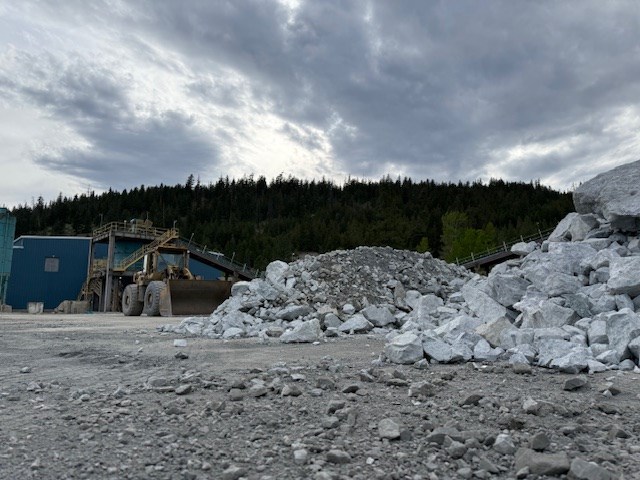

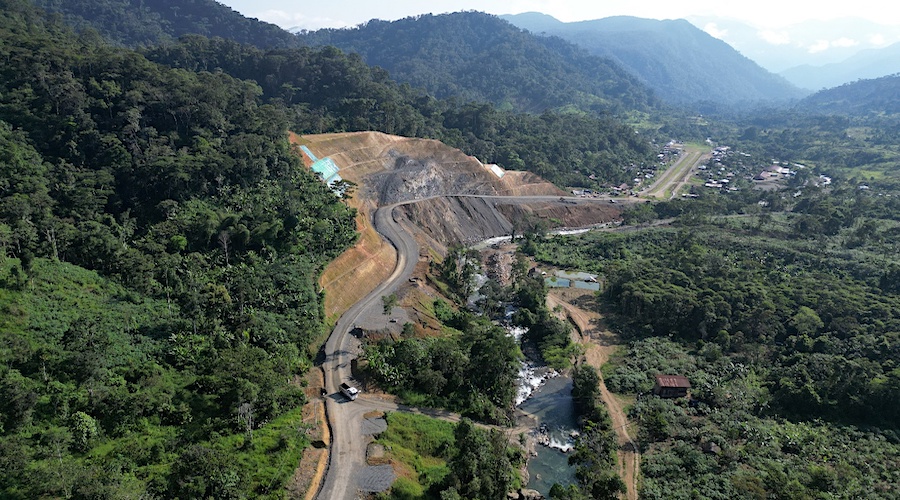

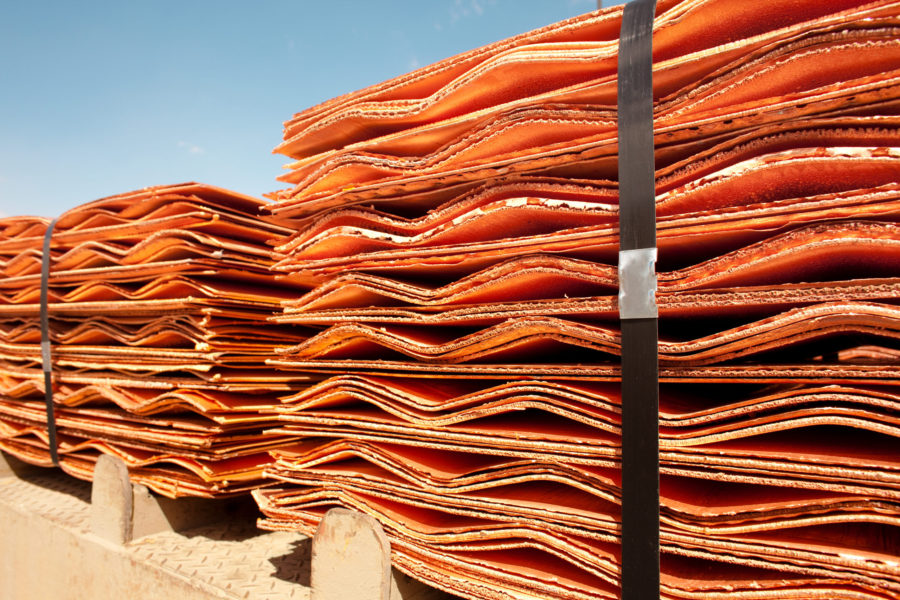

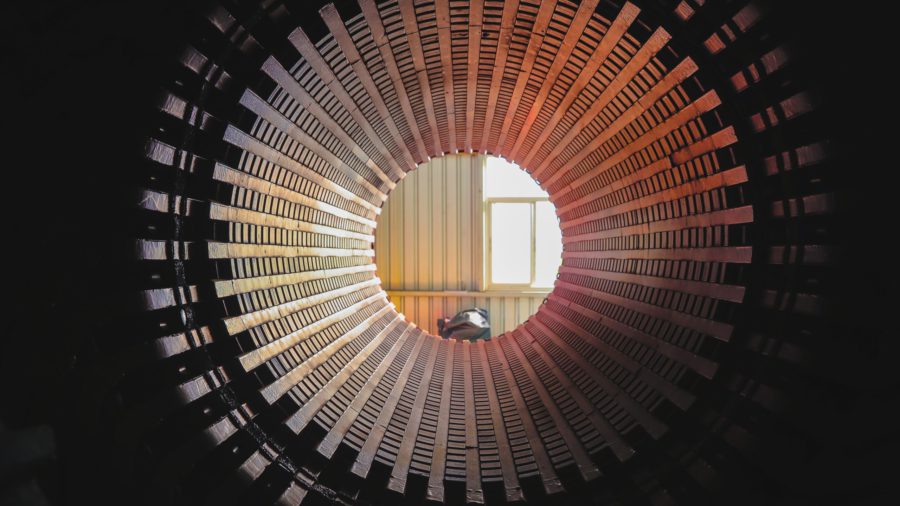
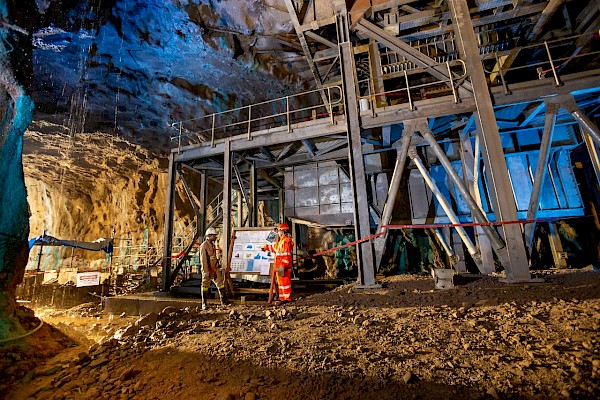
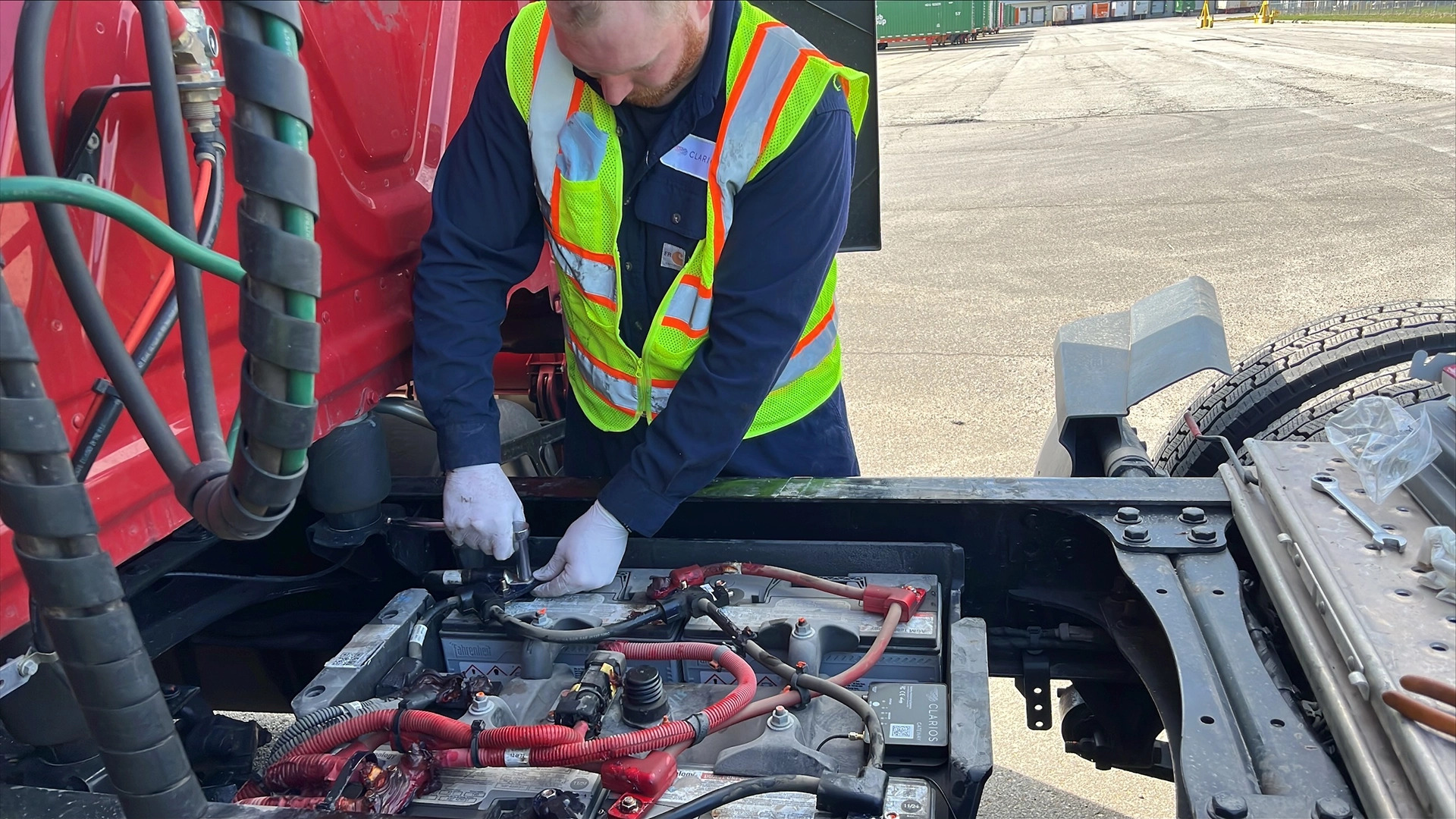

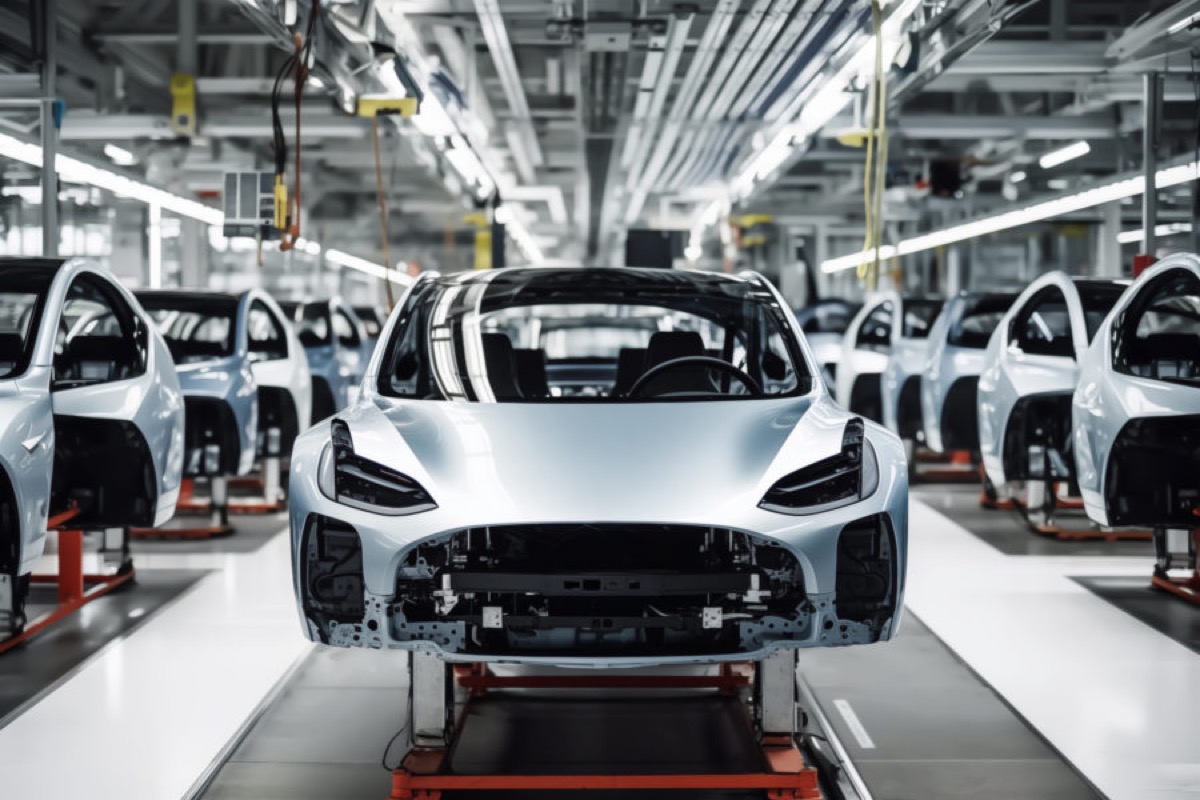

3 Comments
Vandoorn Robert
going back to the mddle ages with wind power. Slave labour will be next! How to fool the population until the days that there will be brownouts and worse because there is not sufficient capacity. Disgusting! Robert in Vancouver
Raviksinha Ravi
This is a wonderful news.I know this not going to happen in India in near foreseeable future but it would be really good in our national interest to switch over to only renewable sources of energy.It will bring an end to so many ils- to name a few-emission of GH gases,land degradation,loss of forest cover,social,socio-economic issues and so on.
There is one simple thing that our people who matter forget & that is-all mineral/fossil fuel fuel reseources are finite while the renewable sources are infinite and clean.
Ravi Sinha
Thierry Poirey
This does not bode well for the cost of electricity in Europe…